Texas Everbearing Fig Tree – 1 Gallon Pot
$38.97 Original price was: $38.97.$27.28Current price is: $27.28.
SKU: D2LSC 0833687671 Categories: FRUIT TREES & PLANTS, PLANTS & TREES
- Shop with ease, buy with confidence.
- Safe and Secure Payments, Always
- Prompt service, every time.
- Fast, friendly, always here to help.

Texas Everbearing Fig Tree
Ficus carica ‘Texas Everbearing’
NOTE: As with all of our other plants and trees, all of our fruit plants are grown in containers outdoors so they are fully rooted and landscape-ready upon arrival.
USDA Plant Hardiness Zones: 7a-11 Find Your Zone
Chilling Hours: 100 Learn more here
Ripens: Early Summer to Late Summer!
Pollinator: None required
Plant Details
USDA Plant Hardiness Zones: 7a-11 Find Your Zone
Plant Type: Deciduous Fruit Tree
Height at Maturity: 15-20′
Width at Maturity: 15-20′
Growth Habit / Form: Broad, Rounded, Upright
Growth Rate: Fast to Very Fast
Flower Color: Green, insignificant
Foliage Color: Deep Green
Fruit Color: Purplish-brown
Fruit Size: Large – bell-shaped
Fruit Taste: Very sweet, excellent flavor!
Soluble Sugar: 11-12%
Fruit Size: Large – bell-shaped
Fruit Taste: Very sweet, excellent flavor!
Soluble Sugar: 11-12%
Ripening Period: All Summer!
Sun Needs: Full Sun to Part Shade
Water Needs: Average
Soil Type: Clay, Loam, Silt, Sand
Soil Moisture / Drainage: Well Drained Moist
Soil pH: 6.0 – 6.5
Maintenance / Care: Low
Description
Want fresh figs all summer long? Meet the Texas Ever-Bearing Fig Tree, a unique self-fertile variety that continuously produces delectably delicious fruit all summer long! The attractive, high-quality, large purplish-brown fruits have tasty amber flesh with excellent flavor for fresh eating or use in preserves. No pollinator required.
NOTE: As with all of our other plants and trees, all of our fruit plants are grown in containers outdoors so they are fully rooted and landscape-ready upon arrival.
Landscape & Garden Uses
Interested in edible landscaping? What could be more enjoyable and rewarding than having a landscape you can eat? Fig trees are fine specimens for use in the edible landscape. Their large and bold leaves provide a tropical effect in the and you’ll be rewarded with loads of delicious figs. Ideal for use as a specimen or warm season privacy hedge.
Growing Preferences
Fig trees will grow reasonably well in most soil types. They produce the best fruit in moderately to slightly acidic, moist but well-drained fertile soil that is rich in organic matter. In soil with low fertility it’ll be worth your time to mix in some organic compost to the native soil. They like the soil to hold a good supply of water, especially when the fruits are developing in summer, but not so much water that the soil stays constantly soggy or wet, which can be problematic. The best and most fruits will are produced when trees are growing in full sun. However, fig trees that receive a little shade during the hottest part of summer days will still produce good crops.
Helpful Articles
Click on a link below to find helpful advice from our experts on how to plant and care for fig trees.
How To Plant A Fig Tree
How To Fertilize & Water A Fig Tree
How To Prune A Fig Tree
What Are Chill Hours For Fruit Trees?
Plant Long & Prosper!
Meet The Wilson Brothers & Staff
Questions? Contact Us!
I sent this to my son in Houston for Christmas. He sounded less than thrilled. “Mom you sent me a twig?” One month later when I was visiting he told me the leaves are emerging and was excited to show it to me. It does look promising. Hoping it will eventually bear fruit.—————————————————————-We are so glad you are pleased and we hope you enjoy it for years to come! Thanks for the great review! 🙂 Beth Steele | WBG
Be the first to review “Texas Everbearing Fig Tree – 1 Gallon Pot” Cancel reply
Related products
Sale!
PLANTS & TREES
Sale!
GROUNDCOVER PLANTS
Pink Lily Of The Valley (Convallaria Majalis ‘Rosea’) – 1 Gallon Pot
Sale!
PLANTS & TREES
Sale!
PLANTS & TREES
Sale!
PLANTS & TREES
Sale!
GROUNDCOVER PLANTS
Purple Wintercreeper – Euonymus Fortunei Coloratus – 10 Pack Of Pint Pots
Sale!
FRUIT TREES & PLANTS
Sale!





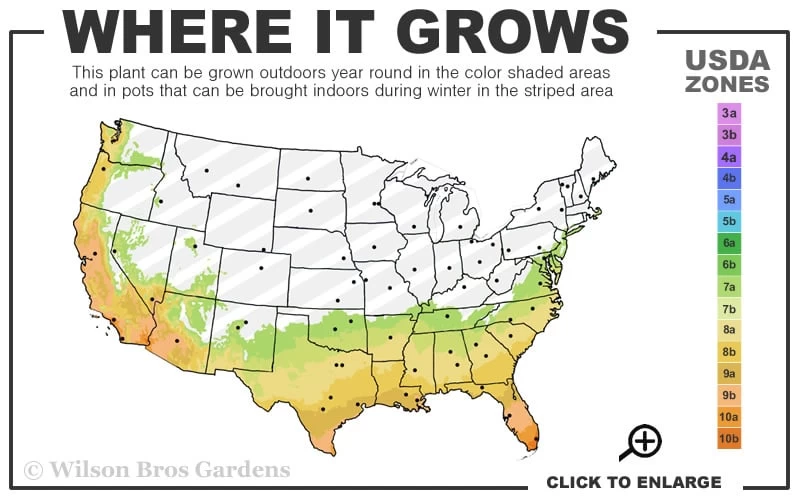
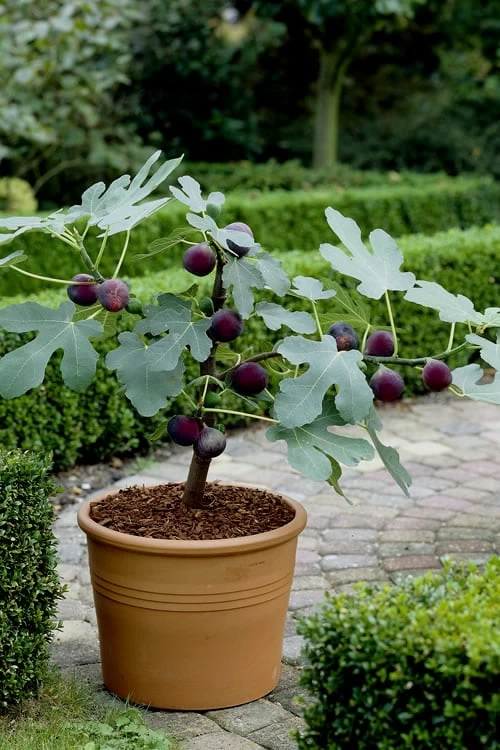
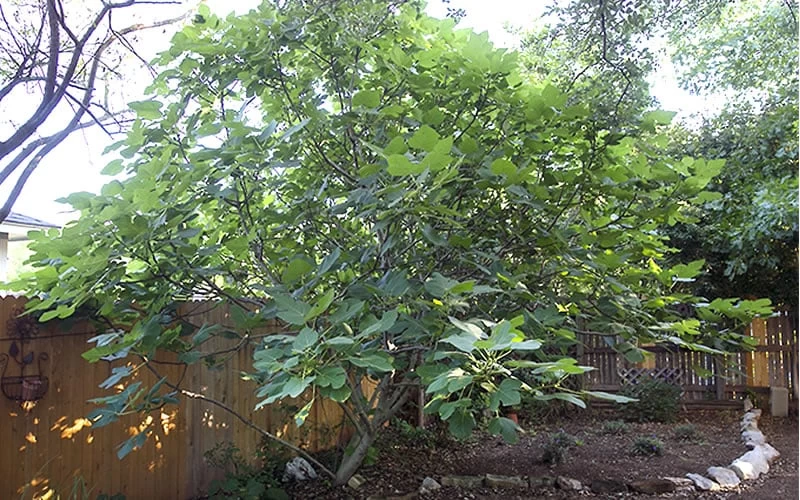
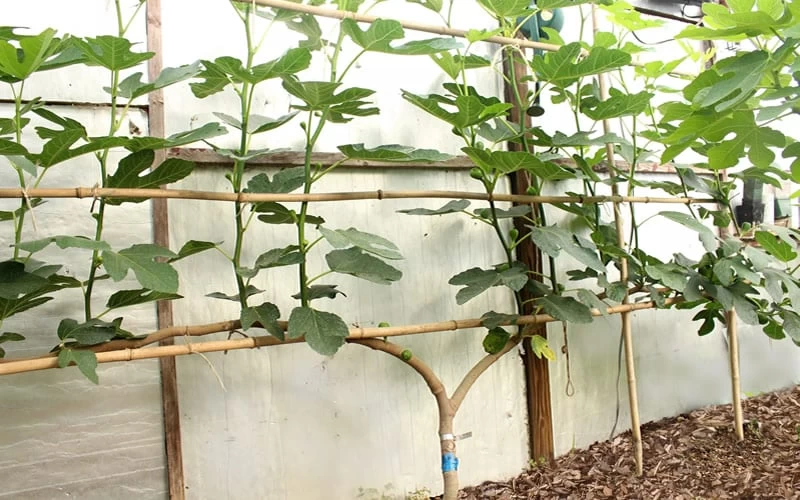
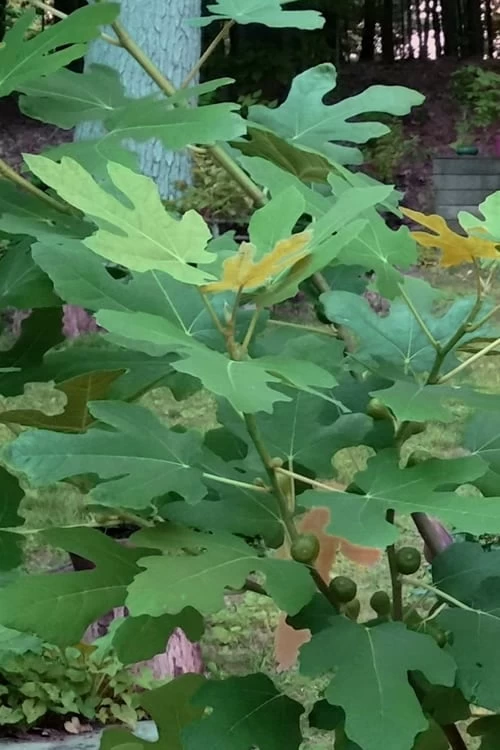
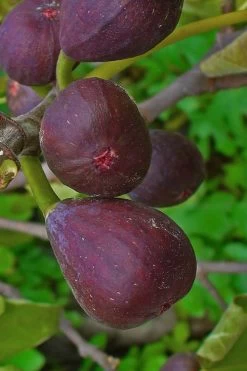
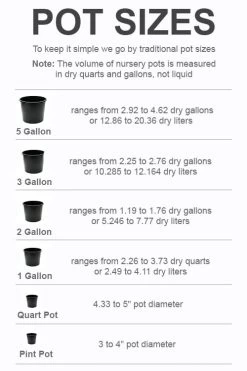
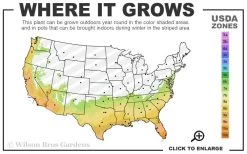

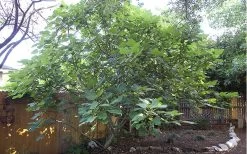
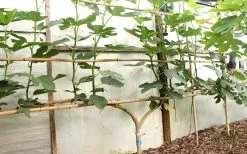

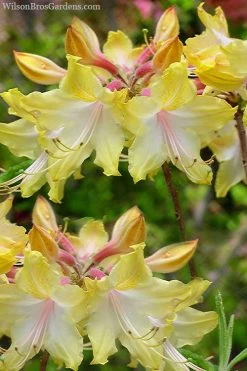

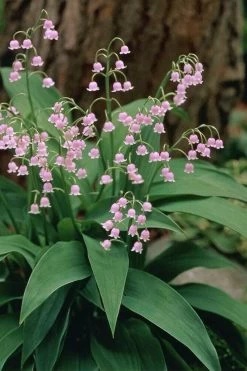



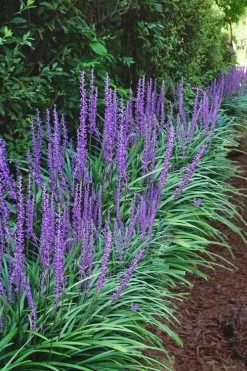
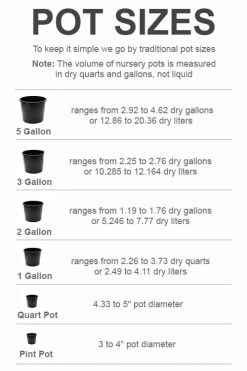


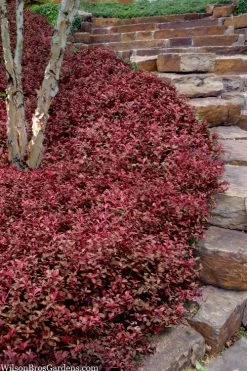
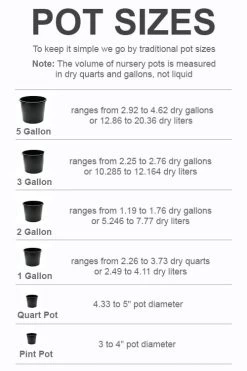
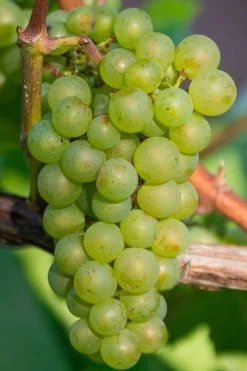
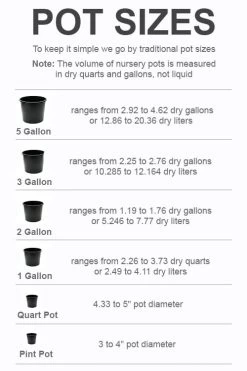
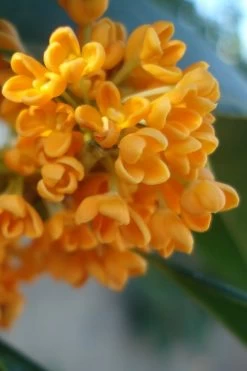

Reviews
There are no reviews yet.